An update on Epson's 6 color dyesub printers
February 12, 2024general announcements
I’m a dyesub nerd. I love the look of dyesub, and the challenges involved with achieving exquisite print quality. Epson proved you could get better color with only 4 inks years ago and now they are improving upon that with two more inks. Epson’s new 6 color dyesub printers like the 44” F6470H and upcoming 64” F9470H printer have 3 inkset options that determine which extra two inks you get, in addition to the standard CMYK inks. Light Cyan and Light Magenta for less printer dot and increased smoothness, Orange and Violet for expanded color gamut, and the crazy option: Fluorescent Pink and…
Canon Pro-x600 Aqueous printers
January 25, 2024general announcements
Canon is announcing their new aqueous printers today which pack a lot of valuable improvements. Canon has a lot of versions of their printers but let me keep things simple by briefly listing some of the improvements in Canon’s 12 color Pro printers that are so relevant for fine art and photo markets. New generation inkset has the same 12 colors but all of them are reformulated Improved color gamut (significant in reds, magentas, violets and deep colors) Improved black density (espicially on matte surface papers) Improved lightfastness / archival specs (mostly due to improved…
Gigapixel Art Documentation
September 7, 2022general announcements
New work by the talented Joey Fauerso. This is an example of art documentation at gigapixel resolution. Click on the four arrow "full screen" icon in the upper right corner of the box below, zoom in and explore.
Polarization Samples
January 13, 2021general announcements
A 4 point lighting system at a low angle of incidence reduces glare and provides even illumination. While most works look great in this lighting, some artwork shows glare at every angle of incidence. These works benefit from polarization. Here are some samples showing the unpolarized version on the left and the polarized version on the right. Please click on these and view them at 1:1 to fully appreciate the differences.

Best Practices for Lightroom performance
February 6, 2020articleslightroom,tips,performance,photoshop,LR,recommendations,best practices,optimize,fast,previews,management,evaluate
It's 2020. If you are a Lightroom user, now is a great time to take some steps to reevaluate and optimize your Lightroom catalog. Here are my 2020 LR performance tips:
01 When buying a new machine, get at least 32GB RAM. 32GB is the new minimum.
02 When buying a new machine, buy a big, fast Solid State Drive (SSD). Having 30-40% of that drive open ensures both its performance and longevity. Don't run an SSD close to capacity.
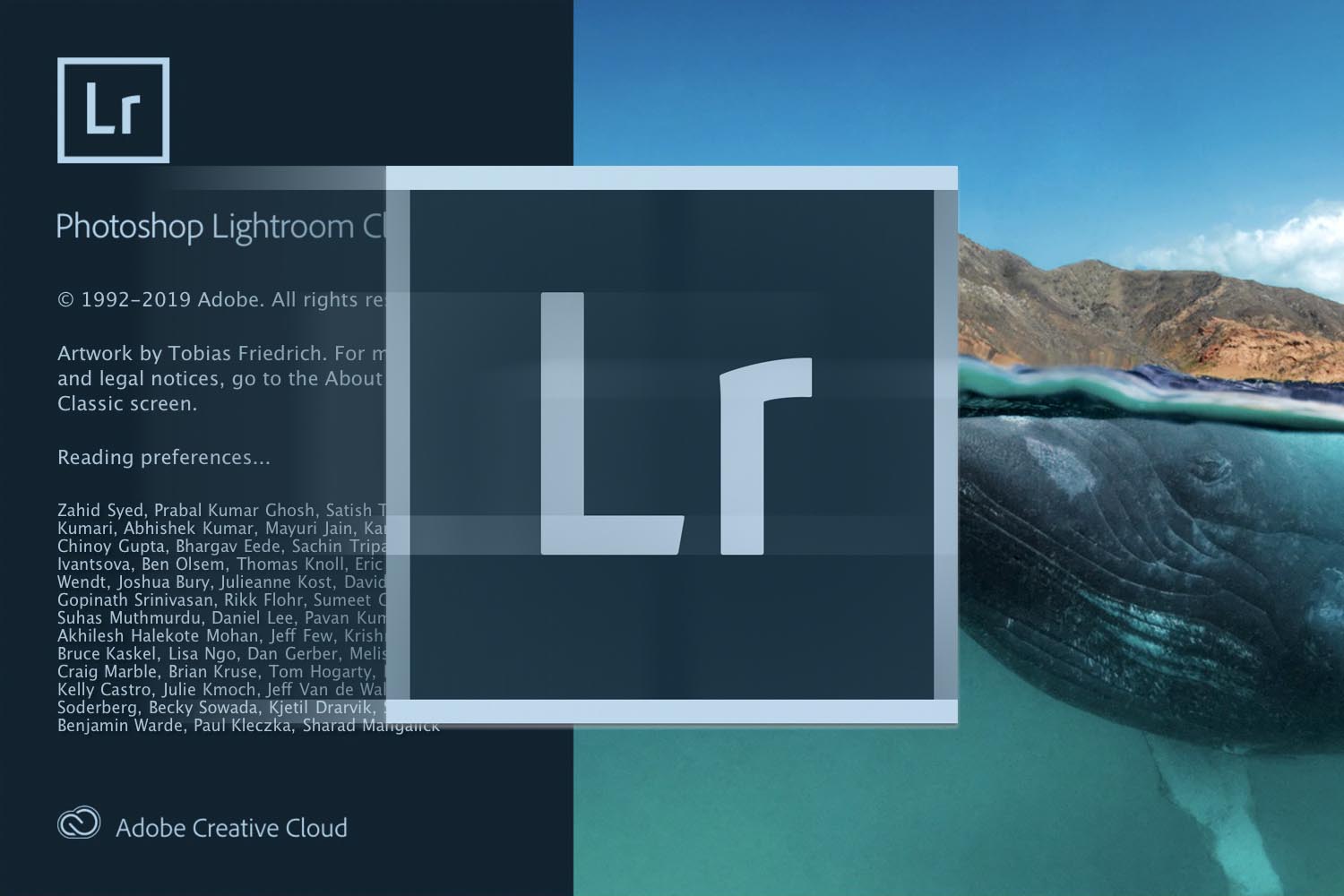
It's time to stop using the Kelvin scale for display calibration
February 5, 2020articles,commentaryxrite,calibration,i1Profiler,Display calibration,display,kelvin,xy points,NEC,display profiling,monitor profiles,monitor
The Kelvin scale has always been relatively simple to understand in the context of display calibration. Choose a higher value and your display white point will be bluer; choose a lower value and it will be yellower, etc. But this is where the simplicity stops and the confusion begins. What do we do if the white point appears to be magenta or greenish? And why doesn’t the display calibration Kelvin value correlate with the value of our lighting? In other words, why does calibrating to ~5700 Kelvin match 4100 Kelvin lights? Why can’t we calibrate to 4100K to match 4100K lights? So…
XRite i1Pro3 (standard aperture) review
January 31, 2020articlesICC profiles,xrite,calibration,review,i1Pro,new,spectrophotometer,profiling,i1Pro3
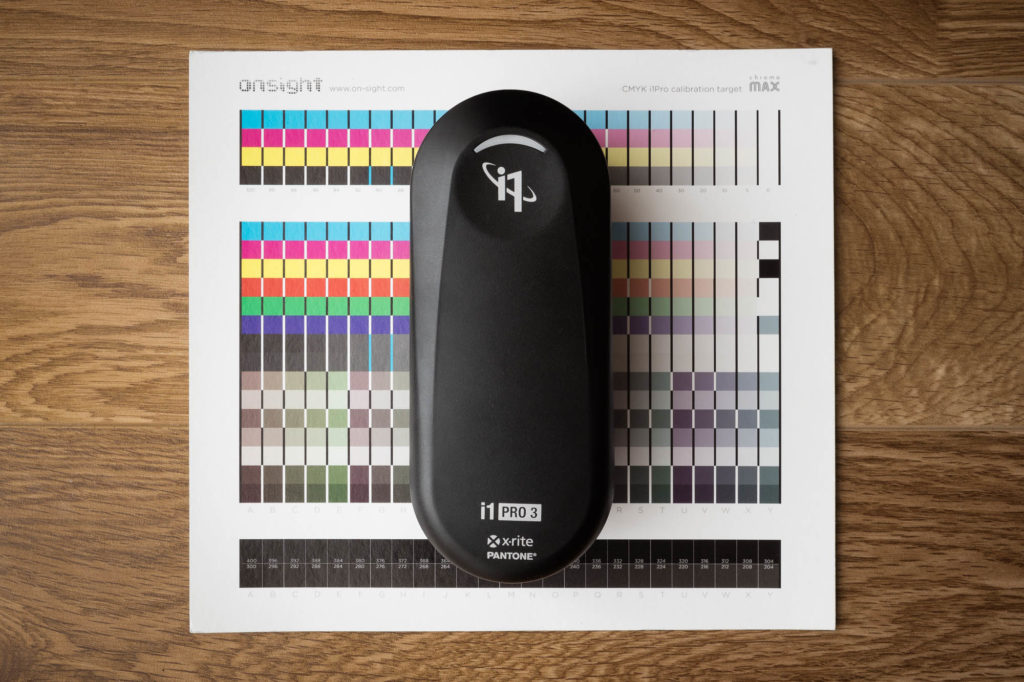 The new i1Pro3 “Swiss Army Knife” of spectrophotometers
XRIte announced the i1Pro3 spectrophotometer and released i1Profiler 3.2 which supports it. This is the standard aperture i1Pro, not to be confused with the large aperture i1Pro3plus. The i1Pro2 was the Swiss Army Knife of spectrophotometers and the best selling of all time. The i1Pro3 is a worthy successor with a variety of…
The new i1Pro3 “Swiss Army Knife” of spectrophotometers
XRIte announced the i1Pro3 spectrophotometer and released i1Profiler 3.2 which supports it. This is the standard aperture i1Pro, not to be confused with the large aperture i1Pro3plus. The i1Pro2 was the Swiss Army Knife of spectrophotometers and the best selling of all time. The i1Pro3 is a worthy successor with a variety of…
XRite i1Pro3plus (large aperture) review
September 26, 2019industry tidbits,articlesxrite,review,spectrophotometer,i1Pro3
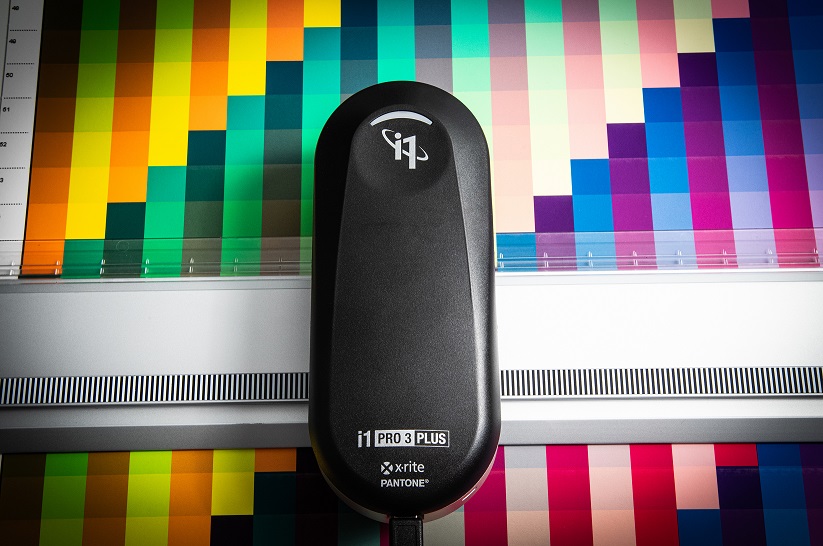 XRite brings back polarized, transmissive and large aperture measurements with the i1Pro3plus spectrophotometer.
Quick overview
The i1Pro3plus spectrophotometer contains a new LED illuminant that allows for simultaneous M0, M1, M2 measurement in a single pass. The large 8mm aperture (vs the i1Pro2’s 3.5mm) translates into rich, extreme shadow measurements and averaging of uneven surfaces and large dot patterns.…
XRite brings back polarized, transmissive and large aperture measurements with the i1Pro3plus spectrophotometer.
Quick overview
The i1Pro3plus spectrophotometer contains a new LED illuminant that allows for simultaneous M0, M1, M2 measurement in a single pass. The large 8mm aperture (vs the i1Pro2’s 3.5mm) translates into rich, extreme shadow measurements and averaging of uneven surfaces and large dot patterns.…
Celebrating 25 Years
August 3, 2019articles,commentarycolor management,ICC profiles,xrite,Knoll Gamma,Display calibration,Photoshop 1
25+ years ago I was splitting my time between a job where I was a scanner operator and an apprenticeship with a master printmaker. In the printmaking studio we were making large digital negatives on an imagesetter and using them to make hand-coated platinum/palladium prints in a wet darkroom. Back then everyone was using Photoshop 2 and had CRT monitors. While the color scans coming off the Leaf45 seemed pretty decent after a little color correction in curves, I was frustrated with how different the handmade B&W platinum palladium prints looked in comparison to the same images onscreen.…

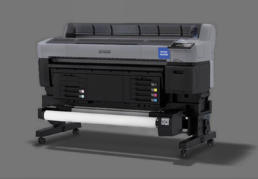
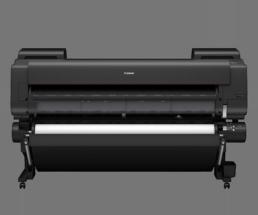

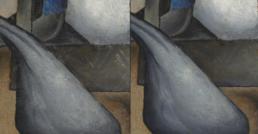
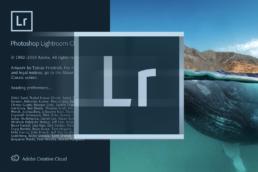
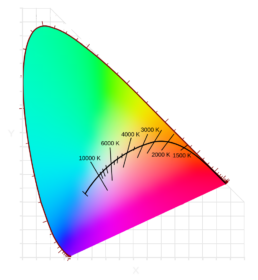
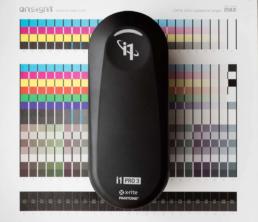
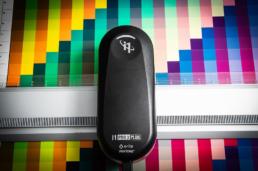

Display Recommendation Thoughts
March 18, 2022industry tidbits,articles,commentary
I get a lot of questions about what displays I recommend, and answering them can be tricky. Some people are seeking justification for spending a lot of money on something they may not need. There are a lot of old notions that we need to forgot as well as newer features we need to consider. I have a few display recommendations on the recommendations page and people often ask me my why brands like NEC or Eizo monitors are not on there. My feeling is that the internal calibration hardware that some displays have (NEC, Eizo, Sony, Barco, etc) played an important role in addressing real issues we…